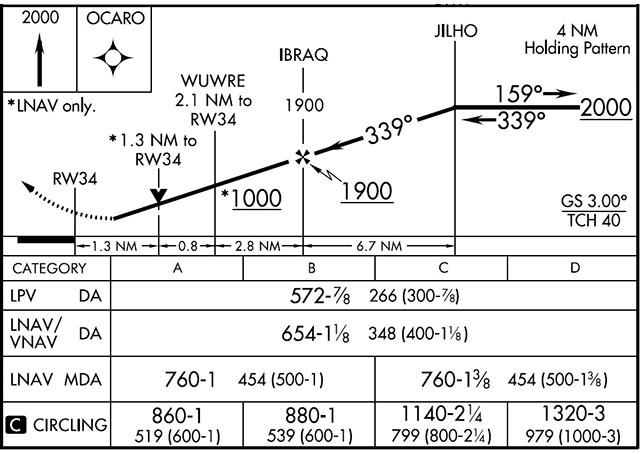The regional jet was descending from 16,000 feet toward assigned holding at 11,000 feet, the crew scrambling to comply with instructions issued with little warning because of weather delaying arrivals at New York’s LaGuardia Airport.
Slowed from 300 knots, the pilots entered the hold. "On outbound leg ATC instructed us to make a left turn and said we were leaving the protected airspace," a pilot reported to the Aviation Safety Reporting System.
The crew later determined that a simple but significant clash of automation logic and human distraction had taken the aircraft outside secure boundaries. "Looking back we both realized that since we were above 14,000 feet and 300 knots when the holding was entered, the FMS reverted to one-and-a-half-minute legs instead of the one-minute legs published. We missed this while setting up the hold in the descent to a new altitude assigned and slowing to the assigned holding speed."
A new instrument pilot might think it above his or her pay grade, as the pilot of a Category A (or in some cases B) aircraft, to ponder possibly flying out of protected airspace while juggling hundred-knot speed changes.
Hold on. Failing to envision the extent of protected airspace could corrupt situational awareness under unusual conditions such as extraordinarily strong winds aloft in the approach phase. On a circle-to-land maneuver, for example, the obstacle clearance that protected airspace provides is critical.
Before your instructor has a chance to corner you up on this subject during your next proficiency check, here’s a question: When you brief an instrument approach with circling minima, can you explain whether it has a standard circling approach maneuvering radius, or an expanded one?
Here is an example of an approach designed with an expanded circling approach maneuvering radius. As the Aeronautical Information Manual (5-4-20) explains, "approaches using expanded circling approach areas can be identified by the presence of the 'negative C' symbol on the circling line of minima."
A chart explains that circling protected areas developed after late 2012 expand gradually with altitude, "which accounts for true airspeed increase with altitude."
And while a seat in that jet cockpit may still be a distant vision, just taking a step up from a 90-knot Category A aircraft to Category B’s 91 to 120-knot approach speed expands the maneuvering radius by half a nautical mile or more, to a maximum of 2.1 nm.




